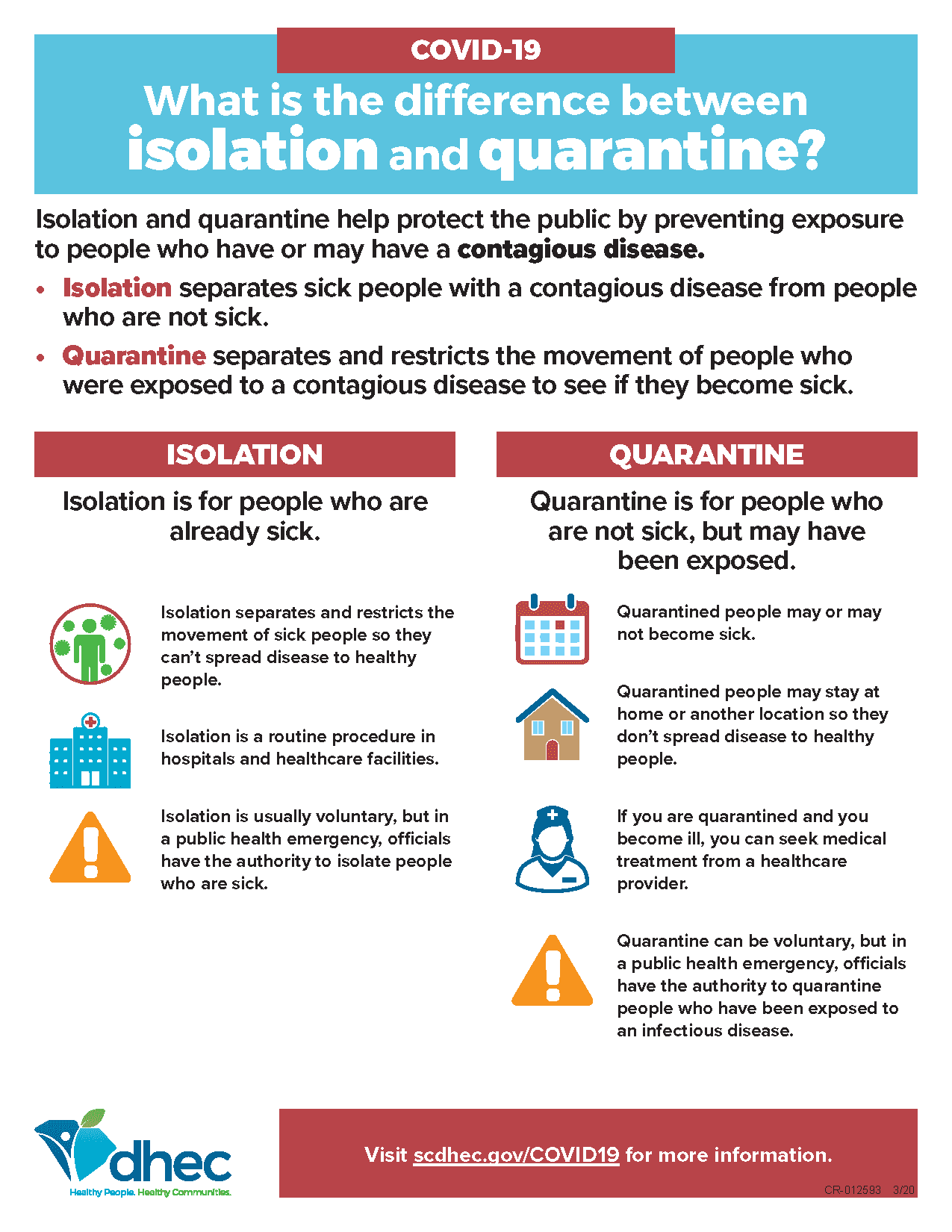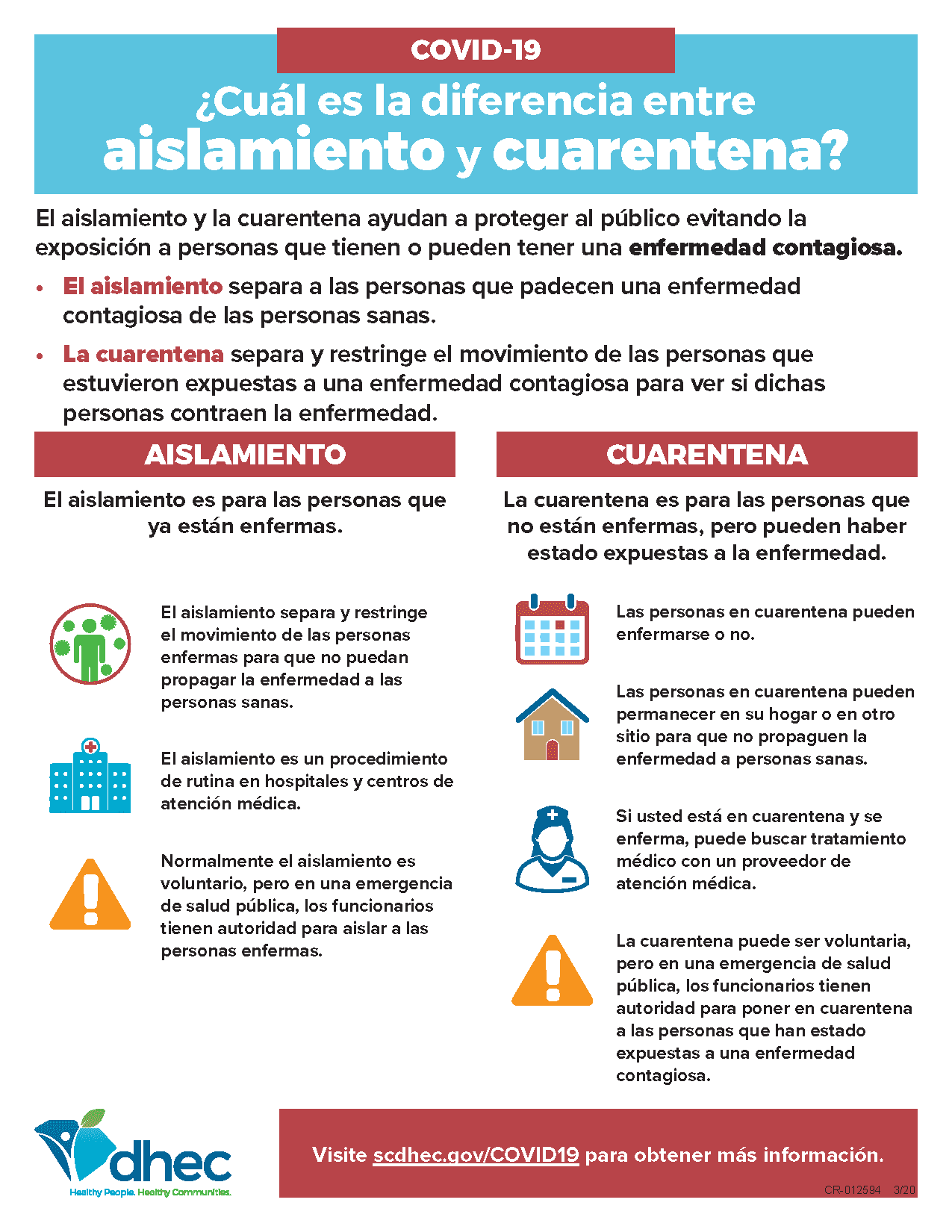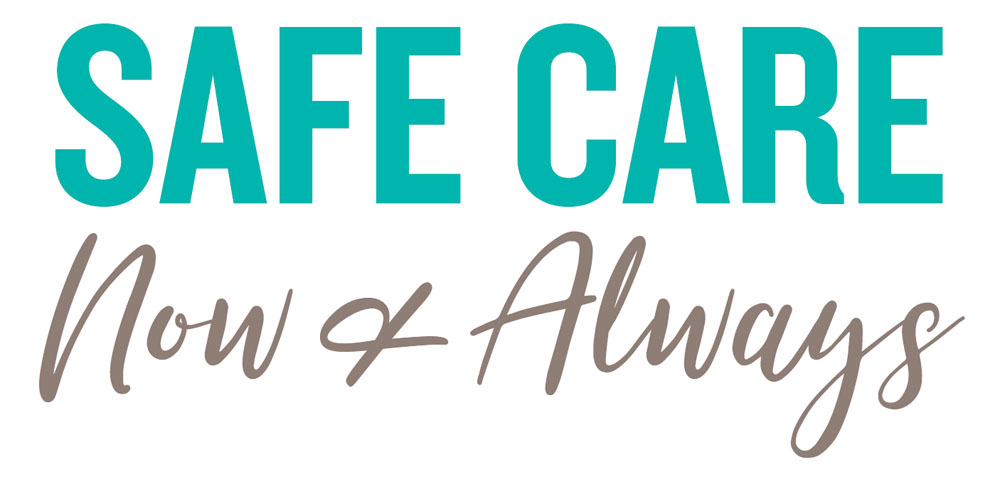Social Distancing, Self-Quarantine & Isolation
Social Distancing
One way to help prevent COVID-19 is social distancing. This means maintaining a distance of at least six feet between ourselves and everyone who isn't a member of our household.
Who should social distance? Everyone.
Simple ways you can practice social distancing are:
- Working from home
- Using technology to visit with family and friends (video calls, phone calls, video conferencing, etc.)
- Moving classes and other large gatherings online
- Cancelling or postponing events and travel
- Scheduling video doctor visits when appropriate (talk to your doctor's office)
- Shopping online
What about essential trips? If you must go somewhere that you won't be able to maintain six feet of distance from people, the the Centers for Disease Control and Prevention (CDC) recommends using a cloth face covering/mask. You should also designate one family member to make essential trips instead of multiple family members going together.
Self-Quarantine
If you potentially have COVID-19, health officials will ask you to self-quarantine and monitor the development of any symptoms, while preventing further transmission of the virus. Those who are asked to self-quarantine will be told to stay home and avoid contact with others for 14 days.
Who should self-quarantine? Anyone who has come in contact with a person who has a confirmed case of COVID-19 or has traveled to an area with community spread.
During quarantine, you should:
- Stay at home and have others make any essential trips for groceries, etc.
- Notify any medical providers with whom you have scheduled appointments (including lab work, imaging and other diagnostic screenings)
- Wash hands frequently
- Avoid sharing towels and utensils
- Stay at least six feet away from other members of your household
Self-Isolation
Isolation typically refers to separating those who are already sick from everyone else while they recover.
Who should self-isolate? Anyone who has been diagnosed with COVID-19 but does not need hospital care (acute-care).
When you self-isolate, you should:
- Physically isolate yourself from other people, both outside and inside your home
- Use a separate bathroom from other people in your home if one is available.
- If you must share any space with others, keep at least a 6-foot distance between you, wear a face mask and disinfect surfaces before and after touching them.
- Don’t share dishes, bedding, bath towels or any other personal items with others. Thoroughly wash towels and bed linens with detergent and the hottest water possible, based on the fabric. If someone other than you washes the linens, he or she should consider wearing gloves.
- Clean and disinfect items you frequently touch every day, such as phones and other personal devices, TV remotes, tops of tables and counters, bathrooms fixtures, and doorknobs. If a caregiver needs to clean your area, instead of every day, he or she should only do so when it absolutely has to be done.
- Continue monitoring your symptoms and reconnect with your provider if symptoms worsen. Your provider may recommend hospital care for severe symptoms. If you are instructed to visit a facility for testing or other medical care, wear a face mask.
Patients who have tested positive for COVID-19 should self-isolate until the following:
- You have had no fever for at least 72 hours (that is three full days of no fever without the use medicine that reduces fevers)
AND
- Other symptoms have improved (for example, when your cough or shortness of breath have improved)
AND
- At least 7 days have passed since your symptoms first appeared.



